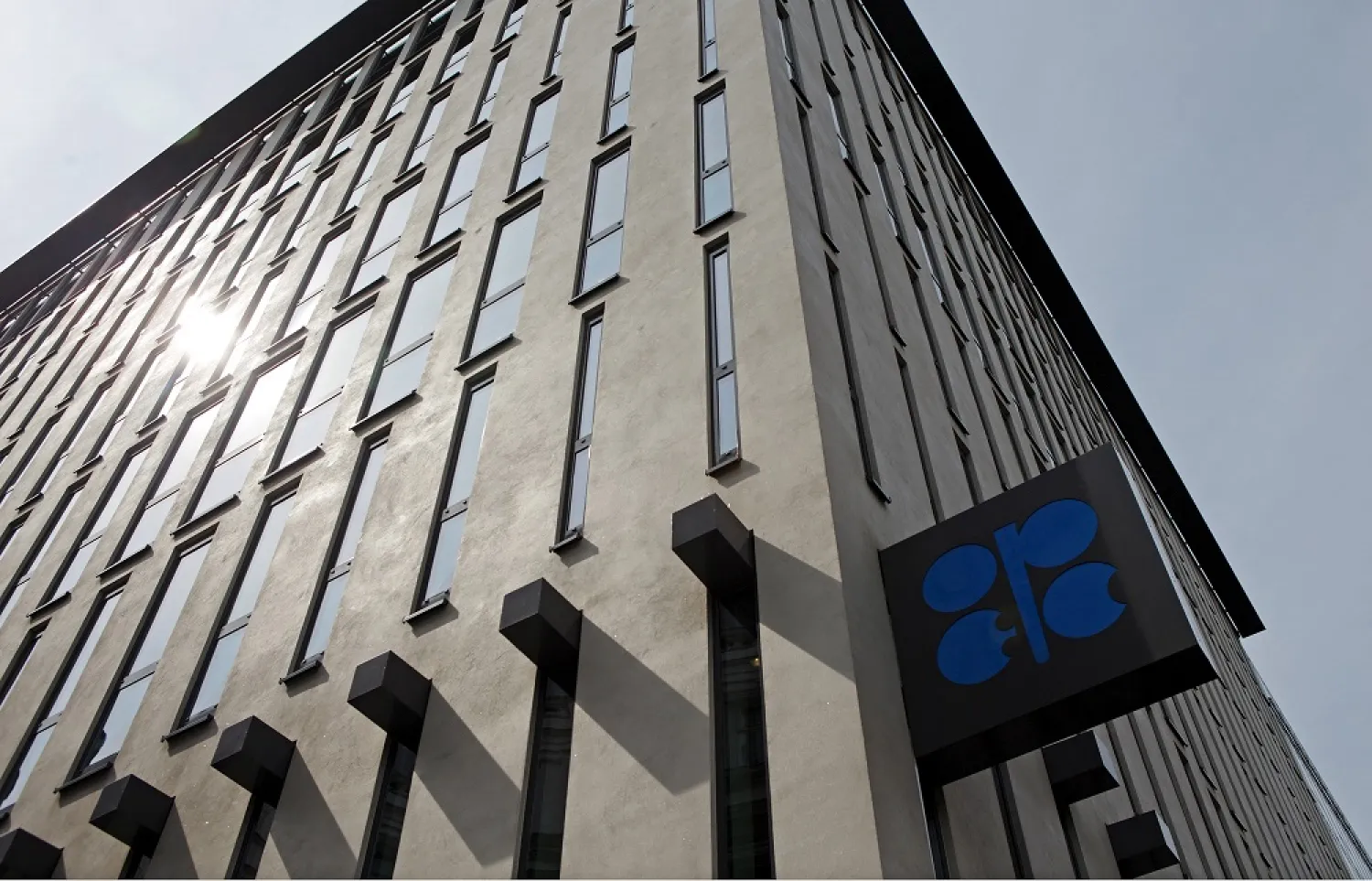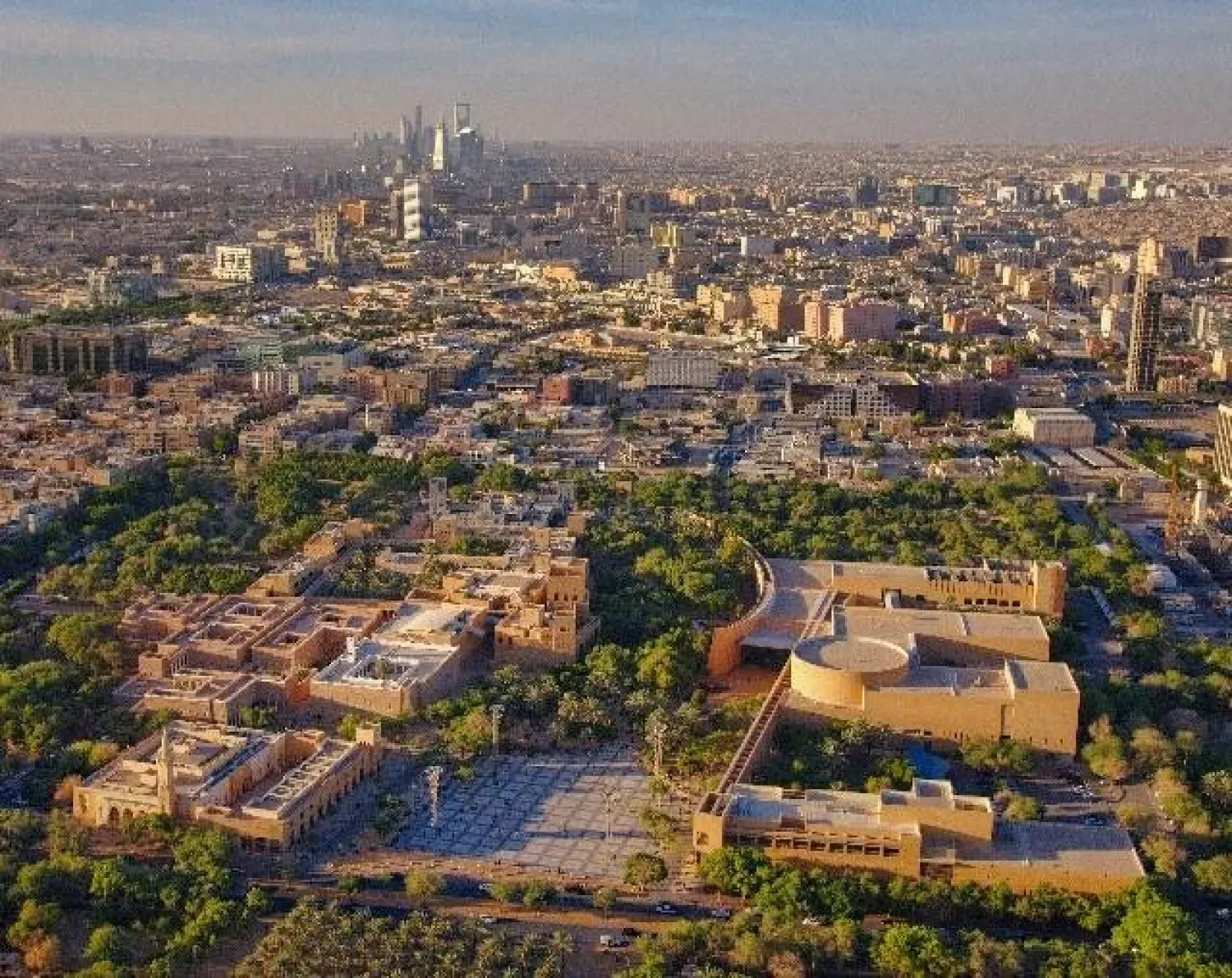German Chancellor Friedrich Merz and EU executive chief Ursula von der Leyen expressed confidence on Friday that the European Union would be able to sign a contentious free trade agreement with South American bloc Mercosur in January, despite insufficient backing at an EU summit.
The European Commission president had been due to travel to Brazil for a signing ceremony on Saturday, but this was reliant on approval from a broad majority of EU members. A demand from Italy for more time meant it did not have enough support.
Von der Leyen still talked of a "breakthrough" after the summit ended early on Friday, Reuters reported.
"We need a few extra weeks to address some issues with member states, and we have reached out to our Mercosur partners and agreed to postpone slightly the signature of this deal," she told a press conference.
Brazilian President Luiz Inacio Lula da Silva told a press conference on Thursday he had learned of the delay of up to a month from Italian Prime Minister Giorgia Meloni and would consult Mercosur partners at their summit on Saturday on next steps.
Meloni said in a statement that Italy was ready to support the agreement once agricultural concerns were resolved, which she said could happen quickly.
Merz told reporters an extra few weeks for Meloni to win over her own government and parliament was not a problem. "This means that Mercosur can now definitely enter into force. Following the Italian government's approval, I remain hopeful that the French government may also decide to give its consent," he said.
Some 25 years in the making, the trade pact with Argentina, Brazil, Paraguay and Uruguay would be the EU's largest in terms of tariff cuts. Germany, Spain and Nordic countries say it will boost exports hit by US tariffs and reduce reliance on China by securing access to minerals.
But critics, including France and Italy, fear an influx of cheap commodities that could hurt European farmers. The EU summit from Thursday sparked an anti-deal protest by about 7,000 people, mostly farmers, which turned violent. Belgian police fired tear gas and water cannon after protesters hurled potatoes and rocks and smashed windows.
Poland and Hungary oppose the pact, while France and Italy remain nervous about increased imports of beef, sugar, poultry and other goods. The deal needs approval from EU governments, requiring a majority of 15 countries representing 65% of the bloc's population. Italy's stance is pivotal.
French President Emmanuel Macron, whose country is the EU's largest agricultural producer, said the agreement was unacceptable in its current form and that it was too early to say whether protections being put in place would meet France's conditions.
"We're not satisfied," he told a press conference. "We need to have these advances so that the text changes in nature, so that we can talk about a different agreement," he said.
In France, anger over the government's handling of lumpy skin disease, a virus affecting cattle, has deepened farmer discontent over issues including the Mercosur pact. Farmers in the southwest have blocked highways for days. Wary of nationwide protests like those two years ago, Paris is rushing to vaccinate cattle while maintaining its opposition to the deal.
EU lawmakers and governments reached a provisional agreement on Wednesday on safeguards to cap imports of sensitive farm products such as beef and sugar and soften resistance. The European Commission is also preparing a declaration pledging aligned production standards.
Macron said reciprocity was essential so the EU did not open its markets to cheap imports produced under looser rules, such as pesticide use.
Some tractors that jammed Brussels streets on Thursday carried banners echoing Macron’s skepticism.
"Why import sugar from the other side of the world when we produce the best right here? Stop Mercosur," read one sign.









